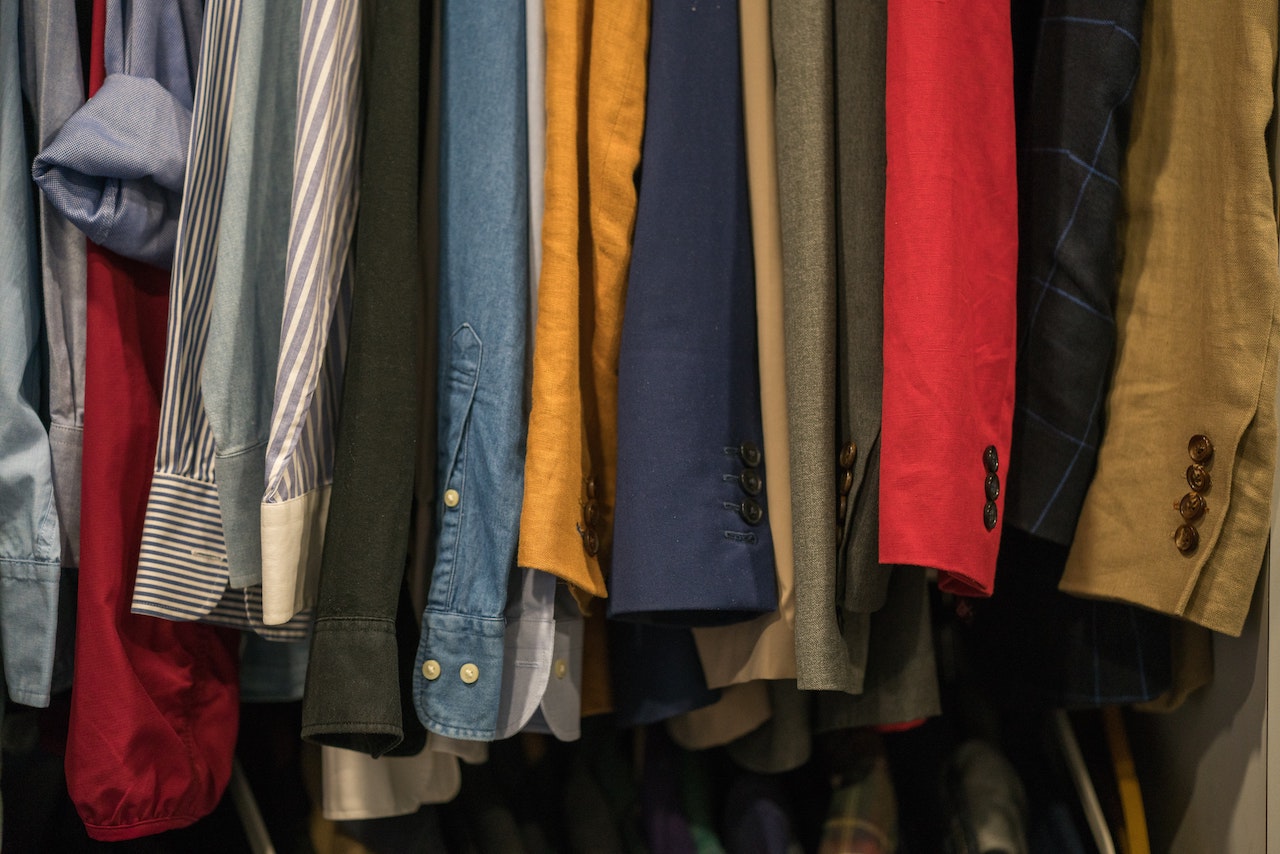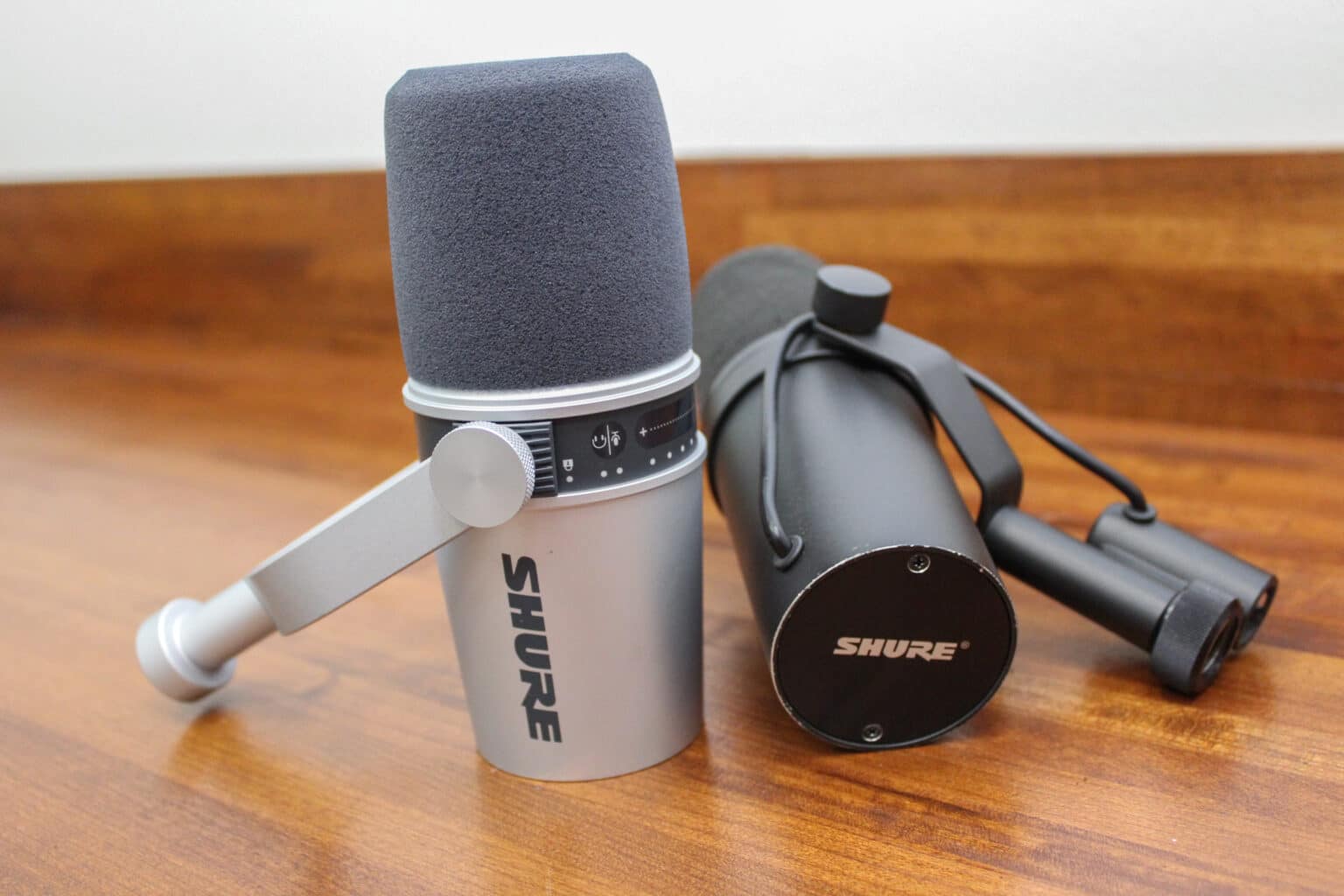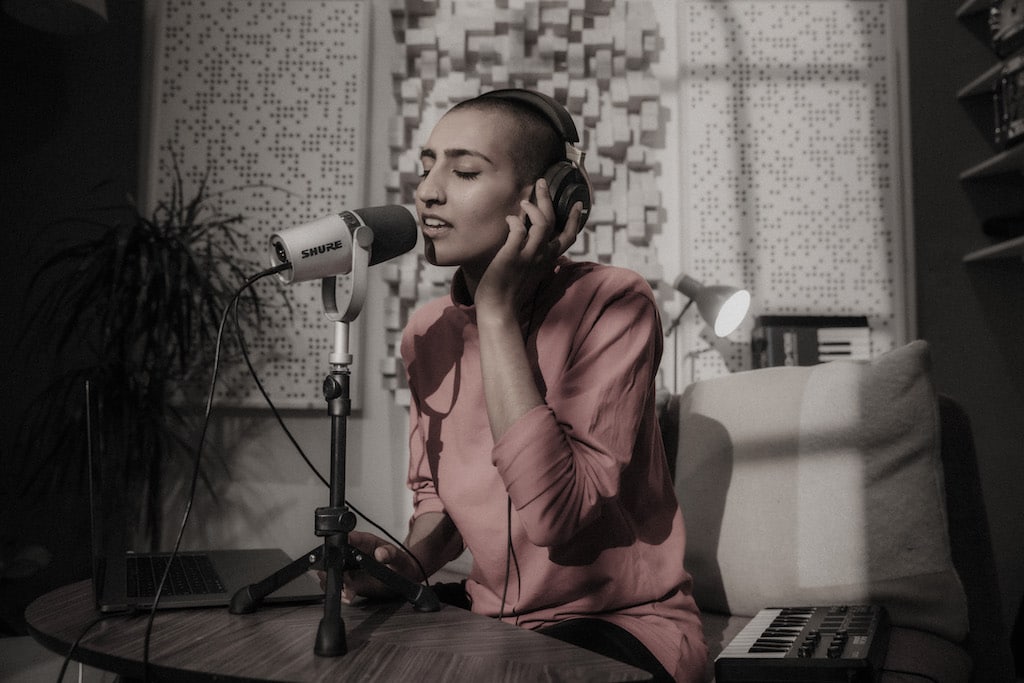Home Studio Setup – Professional Sound At Home
Having a home studio setup is a dream for many. Musicians, podcasters, YouTubers, voice-over artists, and creatives of all types often dream about the possibility of being able to get professional recordings in their home studio.
And you know what? It’s easier than ever to set up a home recording studio!
Our guide has everything you need for your home studio setup. Whether you are looking to be able to create high-quality music production or just want to record a better-sounding podcast with your friends, we’ve got you covered.
Pick A Space
There are two terms that people mix up all the time when discussing their home studio: sound treatment and soundproofing. You probably already know what soundproofing is. It’s all about not letting outside noise in. In a properly soundproofed room, you won’t hear the traffic from the highway outside your door… or the construction workers building a house in the lot behind you… or the landscapers mowing your yard.
Sound treatment, however, deals with the noise generated inside of the room and how that sound travels. Want an example of this? Head into your bathroom and stand in the shower.
Now talk. Hear how there’s an echo on your voice, a slight reverb?
Sound travels in waves and bounces off of hard surfaces. That’s exactly what is happening in the shower. The sound waves are bouncing around, arriving at your ears at all different times, causing your voice to sound slightly distorted.
This same concept happens in every room you’ve ever been in. Only in most rooms, there are more objects to absorb and deflect the soundwaves. Head into a room with a lot of furniture, a thick carpet, and some pictures on the walls, and you’ll probably not notice any echo.
When it comes to recording, your mic could be very sensitive and pick up on the sound reverberating around the room much more than your naked ear does. A lot of people, when first starting out, choose to record in their closet. The clothes help absorb and knock down those sound waves, providing good, clean audio to the mic.
In fact, many people will renovate a walk-in closet into a recording booth for their home studio by putting sound-absorbing panels along the walls and bass traps in the corners. The sound panels help absorb the high frequencies while the bass traps control the low frequencies.

The benefit here is that the material is inexpensive and can be customized to whatever specs you need. For voice actors and singers who don’t need to worry about an instrument, a 2’x4’ or 4’x4’ booth might offer plenty of space, whereas a musician with an instrument might need a 4’x6’, 6’x6’, or even larger booth.
If you need more space than a booth provides, you can use a series of sound panels, bass traps, and other sound treatment materials to make sure the recording space sounds good. Each room is different, so a little trial and error might be needed to get the acoustics just right.
To start, make sure to consider the placement of the microphone. You’ll want to treat the space not only in front of the mic but behind it as well. Think of the sound waves bouncing off the sidewalls and even the ceiling. Eventually, you’ll have the room set up in a way that sounds good to you, and that’s all you need.
Choose A Microphone
Once you have your recording space down, it’s time to work on your studio equipment, starting with the microphone. And when you need a mic, Shure has you covered.
Hosting a podcast or recording an audiobook? It’s hard to do better than the Shure SM7B or the MV7 podcasting microphone. The SM7B is a legend in the industry and is found in professional studios across the world. It is a dynamic microphone and does an excellent job at picking up your voice while leaving out any unwanted sounds.
The MV7, and now the MV7X, were both inspired by the SM7B. Although these mics were created with podcasters in mind specifically, they are versatile mics that can be some of the first mics you ever buy (and possibly one of the last!).
The MV7 works with both an XLR cable and a USB cable, meaning it can be plugged directly into your computer or run through a mixer or interface. The MV7X only features the XLR cable. If you’re in a situation where you’ll have multiple mics in the same room, opting for the MV7X would likely be your best option.

Singers might want to look at the Shure Beta 58A or the Super 55. The Beta 58A has been a favorite of singers on stage in front of massive crowds for decades. The brightened midrange and bass roll-off mean that your vocals will have a big presence in the mix, right where they belong. And the super-cardioid pattern helps to isolate your sound from other noises in the room.
The Super 55 brings that classic feel to the studio. It’s ok if you want to throw on a tux before singing into this microphone. With inner-workings that mirror the Beta 58A, the Super 55 looks as cool as it sounds.
Musicians looking to mic up an instrument can look no further than the Shure SM57 mic. This mic was designed to deal with the high-pressure sound that explodes off of instruments and amplifiers, so you can crank up the volume without getting distortion.
And if you’re looking for just a good old-fashioned all-around excellent microphone, you should really consider the SM58. Rock stars, pop idols, comedians, and more have leaned on the SM58 for decades. Having a couple of these in the studio will mean you’re ready for anything.
And while you’re at it, it can’t hurt to pick up a pop filter or two for each of your mics, along with a mic stand from König & Meyer.
Adding A Mixer
If you’re using a single USB microphone, then you can likely avoid using a mixer or an interface. But if you have multiple inputs or are using an XLR microphone, you will need a mixer/interface to get the sound into your computer where you can record it. Allen & Heath has a variety of product lines to choose from, depending on your needs.
The Allen & Heath ZEDi mixers will offer a lot of features perfect for most home studios. These mixers offer multiple XLR inputs, stereo inputs, and guitar DI inputs, along with a USB audio interface out to your computer. You can record just yourself or a full band easily with the ZEDi mixers.

If you’re looking for an even bigger option, the Qu series is there, waiting for you. This mixing console offers a flexible workflow that offers 3 styles of mixing.
In-The-Box allows you to mix entirely in your DAW (Digital Audio Workstation) while still controlling the DAW from the Qu. Out-of-The-Box allows you to mix entirely in the Qu, and Hybrid gives you the best of both worlds. And the free MIDI Control software means Qu can be configured to emulate the standard HUI and Mackie Control protocols for use with all popular DAWs.
And if you want to get wild and recreate a broadcast studio, the XB-14-2 has everything you need. This board incorporates many special broadcast features that typically come with a much higher price point. Incorporate telephone communication channels right on the board. Mic channel ON switch sensing, automatic muting of studio monitors, and so much more.
Get Started Today
So whether you are a full-time professional looking to recreate a professional studio at home or someone who has always been told they have a nice voice and are just getting started, it doesn’t take much to get a home studio built and ready to meet your needs.

For more great information about these and other products, check out our YouTube channel! We offer hands-on demonstrations, including a guide on how to get started podcasting from home featuring the Shure MV7 and the Allen & Heath ZEDi-8 mixer.
